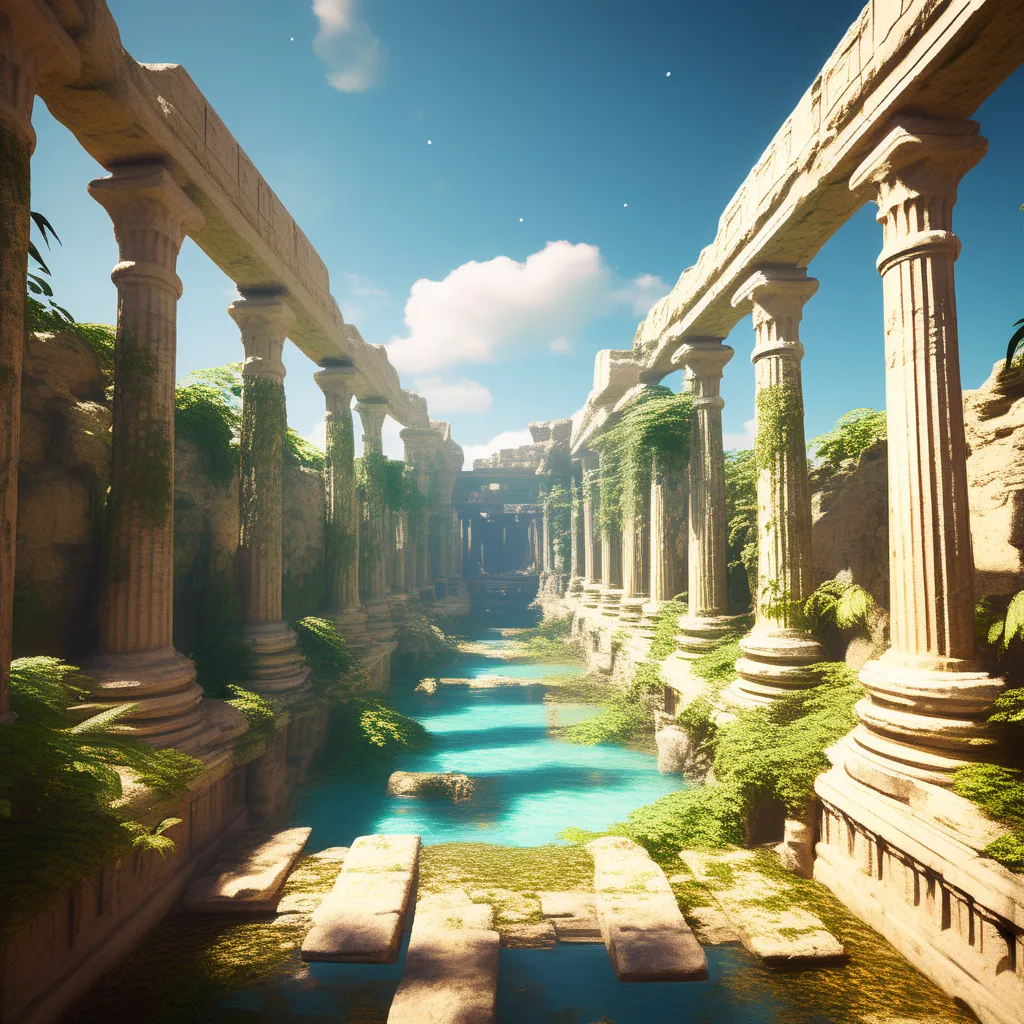Virtual Reality Used to Explore Ancient Civilizations
The distant past has always held a certain allure for humanity. We yearn to uncover the secrets of ancient civilizations, to walk in the footsteps of those who came before us, and to explore the mysteries of bygone eras. While time machines remain the stuff of science fiction, there's a remarkable tool that brings us closer to these ancient worlds than ever before: virtual reality (VR).

A Journey Through Time
As someone who has always been fascinated by history, I can't help but marvel at the incredible experiences VR has unlocked. Let me share a personal perspective on this incredible journey through time.
1. The Pyramids of Giza
Picture this: I found myself standing in the shadow of the great Pyramids of Giza. With a VR headset snugly in place, I could almost feel the desert heat on my skin and hear the whisper of the wind through the ancient stones. It was a surreal sensation, as if I had been transported back to the time of the pharaohs.
2. Exploring Machu Picchu
Next, I ventured to Machu Picchu, the ancient Inca citadel high in the Andes Mountains. As I looked out over the breathtaking landscape, I couldn't help but be amazed by the architectural marvels of this lost civilization. vr allowed me to explore every nook and cranny of this remote wonder.
The Power of Virtual Reality
Virtual reality has opened up a world of possibilities when it comes to studying and experiencing ancient civilizations. Here's how it's revolutionizing our understanding of the past.
1. Immersive Learning
VR provides a level of immersion that textbooks and lectures simply can't match. Students and history enthusiasts can step into reconstructed ancient cities, explore archaeological sites, and interact with historical artifacts—all from the comfort of their homes or classrooms.
2. Preservation of Cultural Heritage
One of the greatest challenges in archaeology is preserving fragile sites and artifacts. VR offers a solution by creating digital replicas that can be studied and shared without risking damage to the originals. This technology plays a vital role in safeguarding our global cultural heritage.
3. Access for All
VR democratizes access to history. Not everyone can travel to distant archaeological sites, but through VR experiences, people from around the world can virtually visit these places and gain a deeper understanding of their significance.
Real-World Applications
Beyond education and exploration, VR has real-world applications in archaeology and anthropology.
1. Site Reconstructions
Archaeologists use VR to reconstruct ancient sites, providing valuable insights into how these places may have appeared in their prime. This aids in ongoing research and helps bring history to life.
2. Cultural Preservation
In regions threatened by conflict or natural disasters, VR is used to document cultural heritage sites. These digital records can serve as a blueprint for reconstruction and historical preservation efforts.
The Future of Time Travel
While we can't physically travel back in time, virtual reality is a remarkable tool that brings us closer to understanding and appreciating the richness of our shared human history. As VR technology continues to advance, our ability to explore ancient civilizations will only become more immersive and enlightening.
So, whether you're a history buff, a student eager to learn, or simply someone curious about the past, don't miss the opportunity to embark on your own virtual time-travel adventure. The wonders of ancient civilizations are now just a VR headset away.

No comments:
Post a Comment